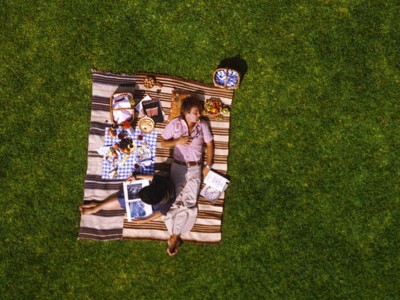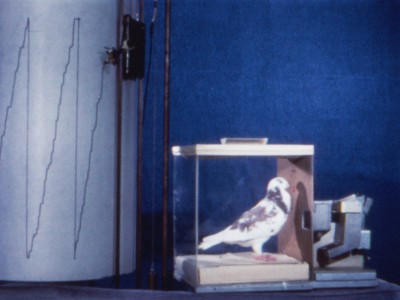
One of the largest university collections of its kind, Harvard's Collection of Historical Scientific Instruments was established in 1948 and currently holds over 20,000 items from the 15th century to today, representing an extensive range of scientific disciplines. The collection not only includes many historic prototypes, unusual devices and obsolete machines, it also features books, manuals, models, chemical samples, photographs and even toys used for learning about science. Initially part of the libraries and now under the Department of the History of Science, the Collection also has its own museum with changing exhibits in the Science Center building.
Ranging from 1913 to 1973, the films from the collection are science films used for educational purposes, with psychology and biology the primary subjects. Within these fields, the films mostly feature an array of laboratory experiments—Equivalent and Non-Equivalent Stimuli in the Rat (1937), Wave Motion in an Inhomogeneous System (1965), Reactions in Plants and Animals (1934)—or analyses of physical phenomena—Walking Upstairs for the First Time (1924), Upright Vision Through Inverting Spectacles (1950). One remarkable exception is Fighting Triangles: Social Perception (ca. 1950), a film used to study viewers' psychological projections onto simple, animated shapes, an occurrence known as the Heider-Simmel illusion.
A few of the collection's other highlights include Abnormal Psychology: Photographic Studies in Hypnosis (1938) and Unconscious Motivation (1949) documenting hypnosis experiments; Growing Up Female (1971) about the various cultural forces which help shape the American woman; Out of the Mouths of Babes (1973) studying children's linguistic development; Stanley Milgram's Obedience (1965) documenting his famous experiments on the topic; and some of B.F. Skinner's films. The oldest film in the collection, Problem Solving By Chimpanzees (1917), features the pioneering studies by Wolfgang Köhler, one of the founders of Gestalt psychology, revealing the primates' ability to use tools and build structures.
About the Collection
Most of the collection consists of 16mm film prints, yet also contains a few outtakes, some video and digital copies of films, as well as one filmstrip.
This collection has been catalogued in HOLLIS.
Additional Resources
"A Collection of Knowledge," Harvard Gazette, December 2019











